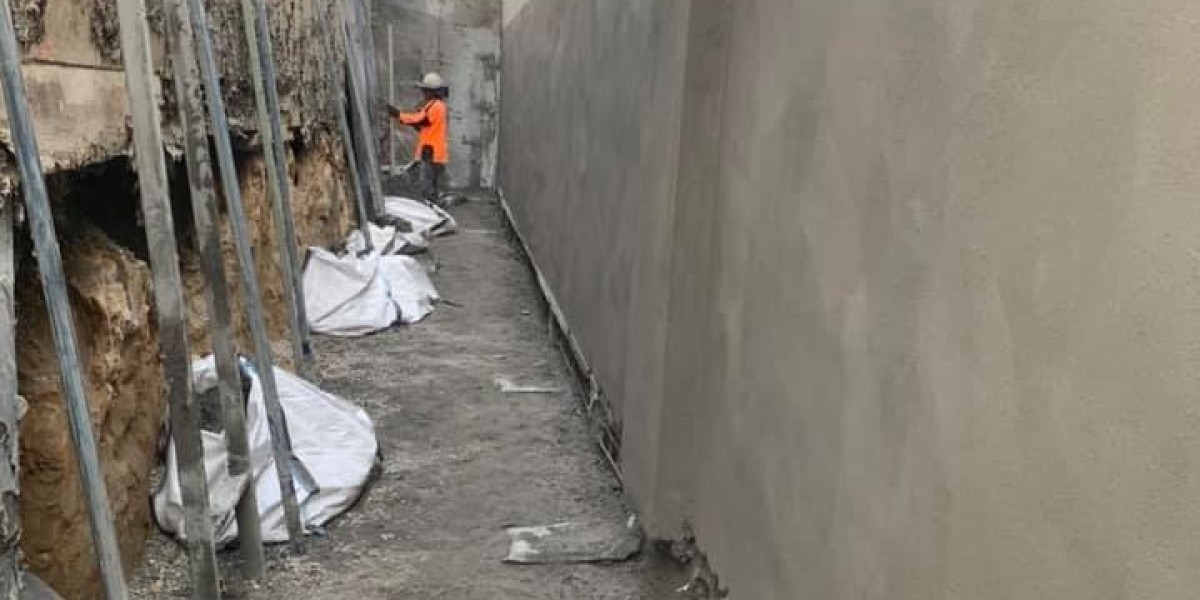Concrete spraying, commonly referred to as shotcrete, is a revolutionary application method that has transformed construction practices. This technique involves pneumatically projecting concrete onto a surface, creating a durable and seamless layer. While it offers efficiency and strength, one of its most significant advantages is its contribution to safety in construction environments. From reducing structural risks to minimizing worker exposure to hazardous conditions, concrete spraying plays a critical role in creating safer worksites.
Enhancing Structural Integrity
The primary factor that determines safety in construction is the durability and reliability of structures. Traditional concrete application methods often involve pouring and manually shaping, which can lead to inconsistencies or weak points. In contrast, concrete spraying provides a uniform and high-strength layer that adheres seamlessly to various surfaces, including vertical walls and overhead structures. The absence of joints and seams in sprayed concrete reduces vulnerabilities in the structure, decreasing the likelihood of cracks and eventual structural failures.
Furthermore, shotcrete exhibits excellent bonding characteristics with substrates. This strong adhesion prevents delamination, ensuring that layers of concrete remain intact over extended periods. Whether used in tunnel linings, foundation reinforcements, or slope stabilization, the ability to create a solid and consistent surface enhances overall stability, reducing safety concerns related to structural failures.
Reducing Worker Exposure to Hazardous Conditions
Construction sites are inherently dangerous, with workers often exposed to hazardous environments. Traditional concrete application methods frequently require excessive handling, formwork preparation, and extended curing periods, increasing the risk of injury. Concrete spraying significantly minimizes direct worker interaction with wet concrete by automating much of the process. Since shotcrete is applied using specialized equipment, workers are exposed to less manual labor, mitigating potential accidents related to heavy lifting, improper handling, or prolonged exposure to wet cement mixtures.
Additionally, when working on projects such as tunnels or confined spaces, traditional concrete pouring techniques require extensive setup, increasing exposure to dust and harmful particles. The streamlined process of shotcrete application reduces airborne contaminants, leading to improved air quality for workers. This is particularly critical in enclosed environments where ventilation is limited, ensuring worker health and safety are prioritized.
Improving Site Efficiency and Stability
Efficiency on construction sites directly correlates with safety. The faster and more effectively a project is completed, the fewer risks workers face. Concrete spraying eliminates the need for extensive formwork, significantly reducing project timelines. Formwork can be a common source of accidents, with workers often engaging in hazardous activities such as climbing scaffolds or managing unstable structures. By removing this requirement, shotcrete enhances site safety by decreasing the likelihood of falls, collapses, or misalignment errors.
Furthermore, shotcrete’s rapid setting and high early strength properties mean that structures stabilize sooner, allowing workers to proceed with subsequent construction tasks without delays. This increased efficiency means fewer disruptions, lower chances of site congestion, and reduced exposure to unstable work zones, ultimately creating a safer construction environment.
Strengthening Protective Barriers
In many infrastructure projects, such as tunnels, bridges, and retaining walls, external forces like water pressure, soil movement, and seismic activity pose ongoing risks. Concrete spraying is widely used to fortify protective barriers against such elements. The ability to seamlessly coat surfaces with reinforced material helps prevent erosion, seepage, and soil shifts, reducing the likelihood of structural failure due to environmental stressors.
For example, tunnel construction often involves unpredictable geological conditions. Without proper reinforcement, natural rock formations may erode or collapse, endangering workers. Shotcrete applications effectively stabilize these surfaces, ensuring consistent protection against falling debris and cave-ins. The enhanced resilience of sprayed concrete also extends the lifespan of structures, reducing maintenance requirements and the need for frequent repairs—a factor that contributes to long-term safety.
Conclusion
Concrete spraying has revolutionized the construction industry, not only by improving efficiency but by significantly enhancing safety for workers and structures alike. Its ability to provide superior bonding, reduce manual handling, accelerate project timelines, and fortify protective surfaces makes it a valuable safety-focused method. As construction practices continue to evolve, integrating shotcrete into projects ensures that structural integrity remains uncompromised and that workers benefit from safer work environments.



